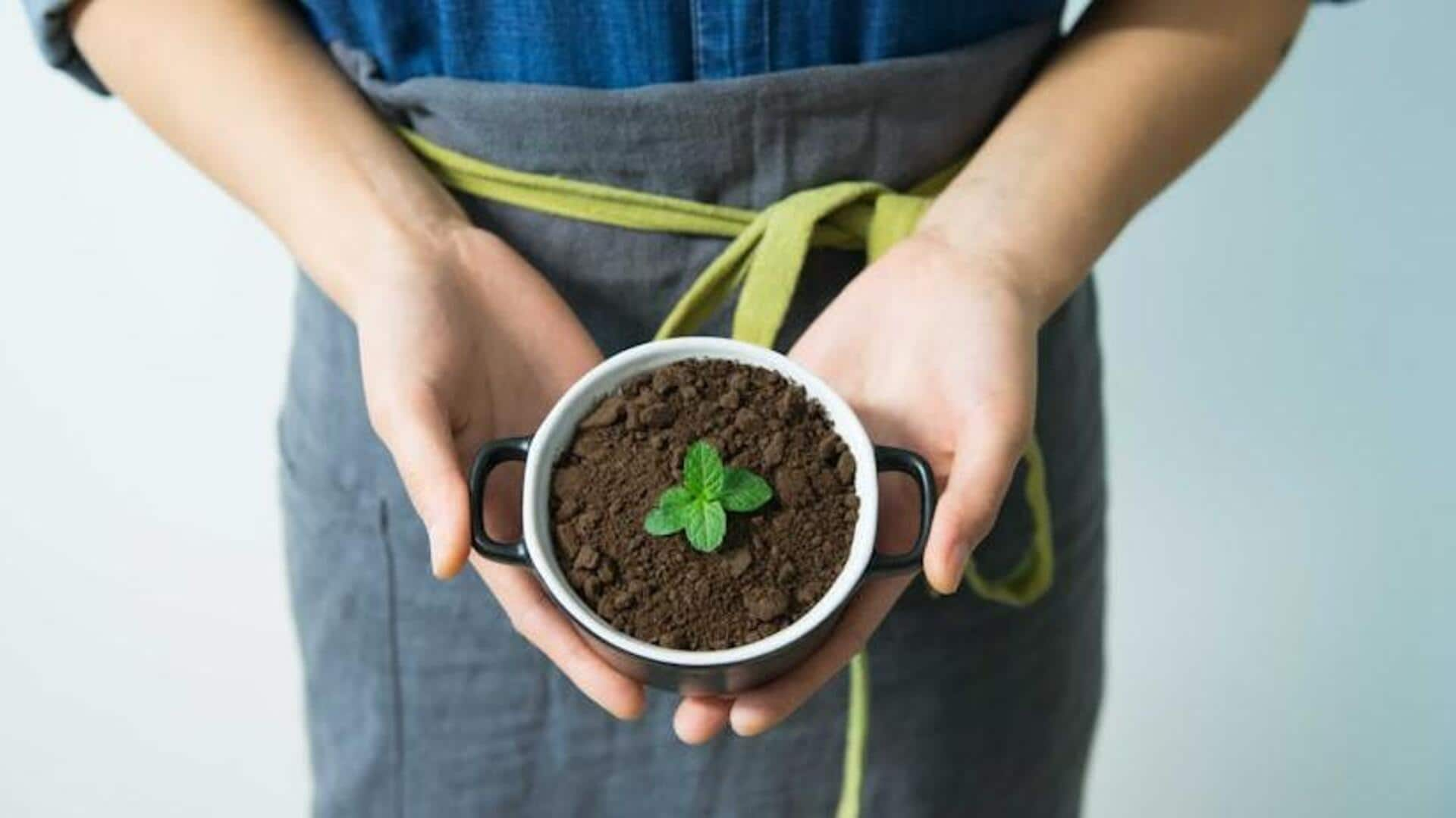
How to grow mint at home
What's the story
Growing mint at home can be a fun and sustainable experience, especially if you use recycled material such as plastic bottles. Not only does this keep waste from piling up, but it also gives you fresh mint leaves for cooking. With some easy steps, you can turn a plain plastic bottle into a flourishing mini-garden. Here's how you can grow mint using plastic bottles.
Bottle selection
Choosing the right bottle
Selecting the right plastic bottle is critical for successful mint growth. Choose a large bottle, preferably two-liter soda bottle, to allow plenty of room for root growth. Make sure the bottle is clean and does not have any residue that could damage the plant. Cutting the top part of the bottle off creates an open container that makes it easy for sunlight and air circulation.
Soil preparation
Preparing soil and planting
Mint does best in well-draining soil with appropriate moisture retention capabilities. Use a combination of potting soil and compost to create an ideal growth environment. Fill the prepared plastic bottle with this soil mixture up to three-quarters full. Plant the mint cuttings or seeds about an inch deep into the soil, making sure they are spaced out adequately.
Drainage setup
Ensuring proper drainage
To keep your mint plants healthy, proper drainage is essential to prevent waterlogging that might damage the roots. Start by drilling a few small holes at the bottom of your plastic bottle to ensure easy water escape. Further, putting a layer of small stones or gravel at the bottle's base before adding soil will greatly enhance drainage efficiency, creating a healthier environment for mint growth.
Sunlight & watering needs
Providing adequate sunlight and watering
Mint needs plenty of sunlight, ideally six hours of indirect light per day. Ensure regular watering, keeping the soil consistently moist but not soggy to avoid root rot. To maintain this, insert fingers into the topsoil to check moisture, watering more or less frequently. These practices should be modified according to local environmental conditions, whether mint is grown indoors or outdoors, to ensure healthy growth.